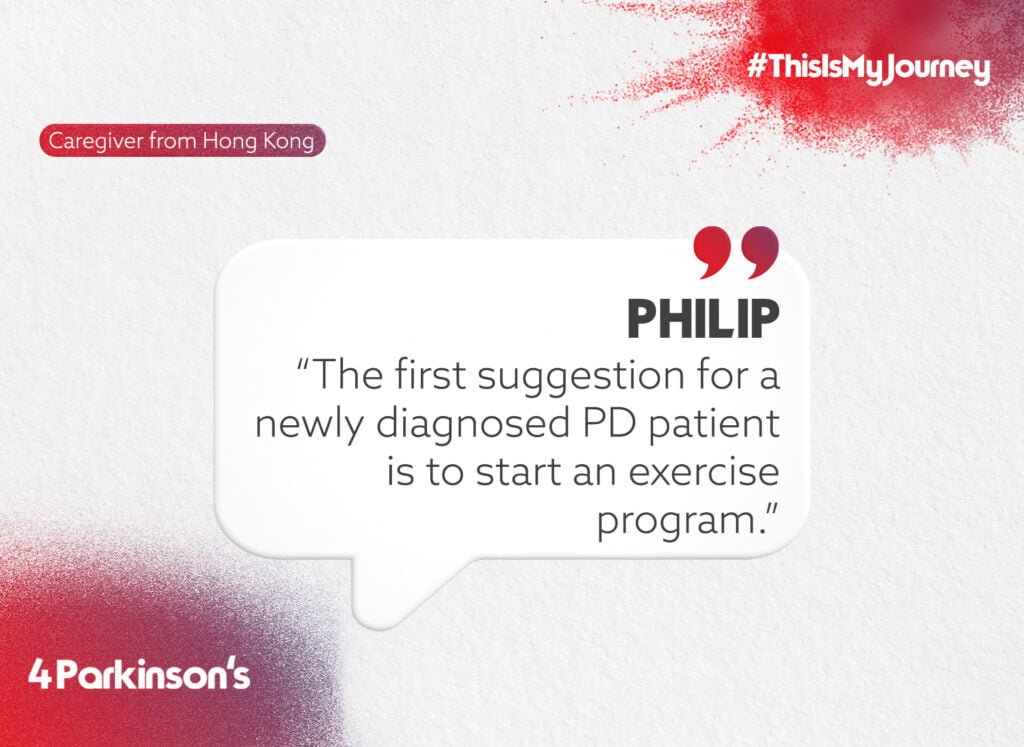

We were born barefoot, and our feet contain countless nerve endings, muscles, tendons, ligaments, bones, and fascia that interact with and adapt to the surrounding environment. A huge box! Walking barefoot can stimulate and strengthen the muscles and other structures in our feet, which enhances our balance and stability. Maintaining balance and strength is particularly important for people with Parkinson's disease (PwP).
Engaging in a barefoot exercise program can significantly impact the quality of life for people with Parkinson's disease (PD) by addressing movement disorders and enhancing mobility. Working closely with a physical therapist specializing in neurorehabilitation, individuals with PD can develop a tailored exercise routine that focuses on improving gait, balance, and overall physical activity.
The benefits extend beyond muscle strength, reaching into the realm of brain health. Clinical studies indicate that exercising without shoes stimulates brain cells, potentially slowing down disease progression. Tai Chi, specifically recommended for its positive effects on orthostatic hypotension and symptoms of PD, becomes more effective when practiced barefoot. By incorporating these exercises into their routine, people with PD can enjoy a holistic approach to managing their condition, involving not only themselves but also supportive family members.
Karl Sterling, a Neurorehabilitation Specialist & Educator based in New York, primarily specializes in working with people with Parkinson's disease and other movement disorders.
Karl suggests that trainers begin with the principles of barefoot science when developing exercise routines for individuals with Parkinson's disease. The feet serve as the foundation for human movement, so Karl emphasizes the significance of focusing on them to stimulate the nervous system. He also highlights that people often wear shoes and socks for extended periods, and he frequently encounters individuals who never go barefoot. However, the feet possess the highest sensory nerve endings, mechanoreceptors, and sensory receptors in the human body.
Regardless of the origin of your lower body pain, you can do various simple ankle and foot stretches at home that can offer relief when done consistently throughout the week.
This video by Davis Phinney Foundation demonstrates eight ankle and foot exercises to increase the flexibility of your joints and muscles, improve circulation, and reduce rigidity to decrease pain and discomfort.
The best communication between your feet and brain happens when you're barefoot, so take off your shoes to enjoy the full benefits of these stretches!
EQUIPMENT YOU'LL NEED:
Check out this video!

Join our community in spreading hope and strength. Tell us your unique journey with Parkinson's to uplift and empower others.